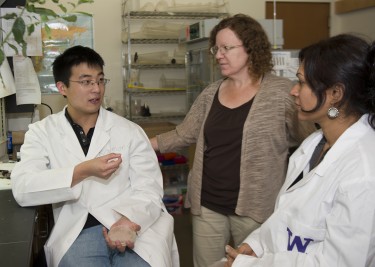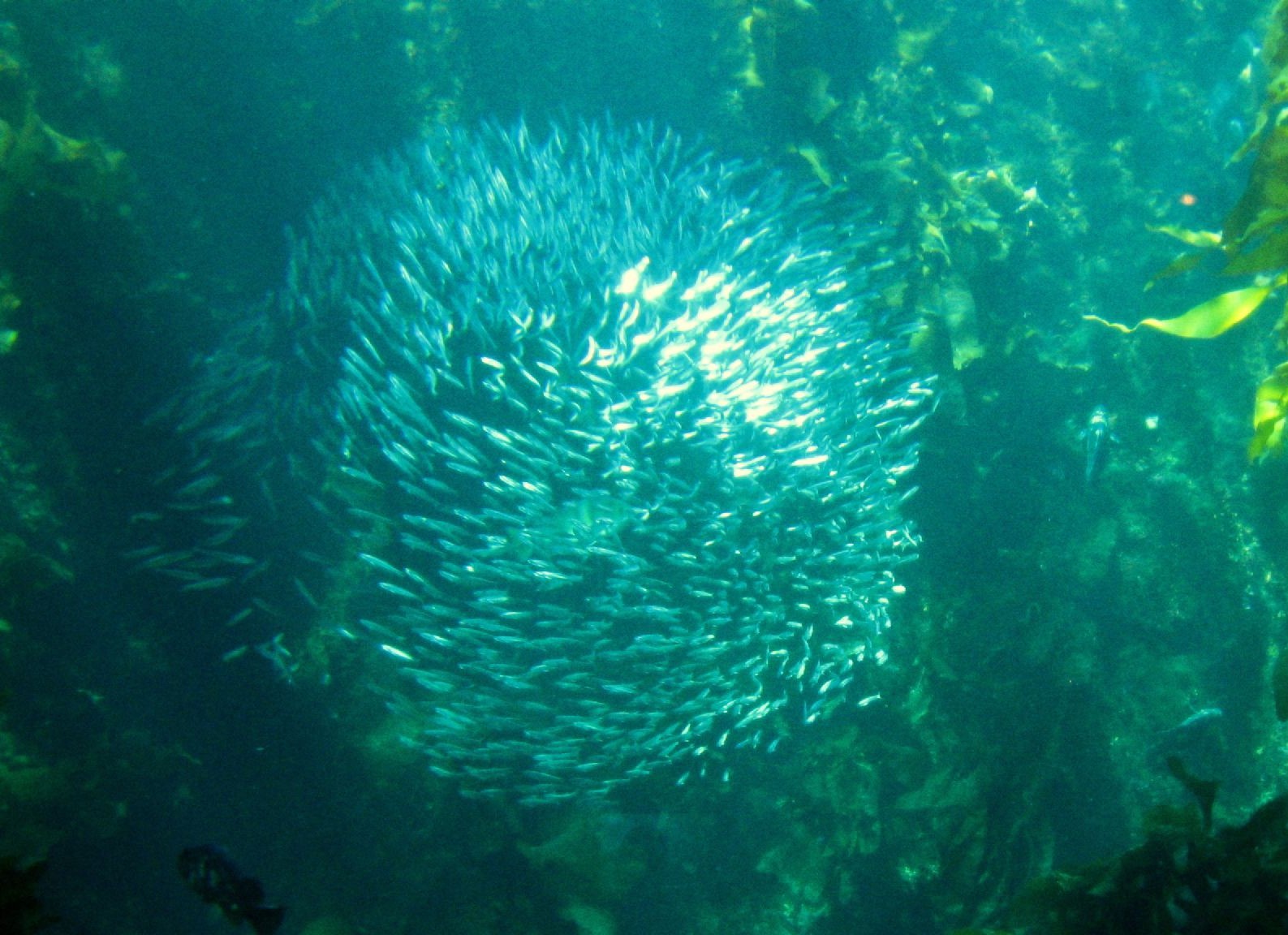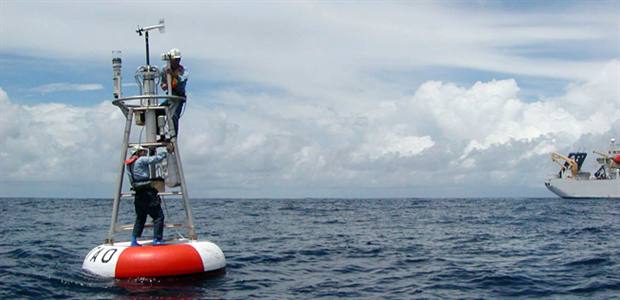Scientists using a microbe that occurs naturally in eastern cottonwood trees have boosted the ability of two other plants—willow and lawn grass—to withstand the withering effects of the nasty industrial pollutant phenanthrene and take up 25 to 40 percent more of the pollutant than untreated plants. The approach could avoid the regulatory hurdles imposed on transgenic plants—plants with genes inserted from or exchanged with other plant or animal species—that have shown promise in phytoremediation, the process of using plants to remove toxins from contaminated sites, according to Sharon Doty, associate professor of environmental and forestry sciences and corresponding author on a paper about the new work in Environmental Science & Technology.
Read more at UW Today »Migrating animals’ pee affects ocean chemistry
The largest migration on the planet is the movement of small animals from the surface of the open ocean, where they feed on plants under cover of darkness, to the sunless depths where they hide from predators during the day. University of Washington researchers have found that this regular migration helps shape our oceans. During the daylight hours below the surface the animals release ammonia, the equivalent of our urine, that turns out to play a significant role in marine chemistry, particularly in low-oxygen zones.
Read more at UW Today »Ancient shellfish remains rewrite 10,000-year history of El Niño cycles
Scientists by their very nature are inquisitive and creative, often figuring out novel ways to answer complex and perplexing questions. In a paper recently released in Science, College of the Environment oceanographer Julian Sachs and colleagues use ancient clam shells to peer into the past and piece together a 10,000 year history of climate driven by the El Niño Southern Oscillation.
Read more at UW Today »Greenland ice cores show industrial record of acid rain, success of U.S. Clean Air Act
The rise and fall of acid rain is a global experiment whose results are preserved in the geologic record. By analyzing samples from the Greenland ice sheet, University of Washington atmospheric scientists found clear evidence of the U.S. Clean Air Act. They also discovered a link between air acidity and how nitrogen is preserved in layers of snow, according to a paper published this week in the Proceedings of the National Academy of Sciences.
Read more »Carbon dioxide in the tropical Pacific Ocean is increasing faster than expected
Research published by scientists at the College of the Environment Joint Institute for the Study of the Atmosphere and Ocean and NOAA has yielded new findings in the role that the tropical Pacific plays in regulating global CO2. The ocean acts both a source and sink for atmospheric CO2, and the tropical Pacific has always had a disproportionately large influence on that interplay.
Read more »




